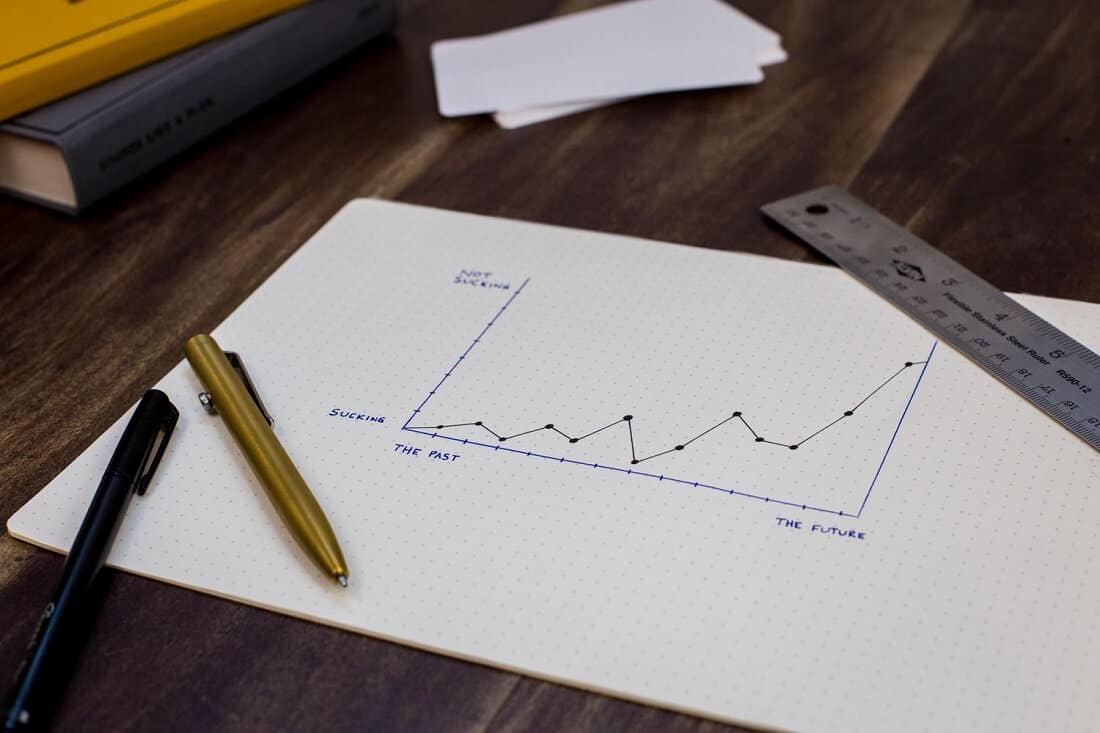
Traders can trade stocks during weekday mornings and evenings. Trading on weekends is not allowed. But you can benefit from differences in time zones on international exchanges.
By Guy Avtalyon
Trading after and before regular hours is possible. Okay, we all know that the stock market operates through regular trading hours and that is something even new traders know. But what they don’t know is that is possible trading after regular hours, meaning before and after. That is the so-called pre-market and post-market session.
Let’s take the US stock market as an example. The US stock market is open between 9:30 AM and 4 PM from Monday to Friday. Those are regular trading hours. Trading after and before regular hours means you have a chance to trade between 4 PM and 9:30 AM which is called the pre-market session and between 4 PM and 8 PM which is known as post-market session.
Over the regular trading hours, the billions of shares are traded, while trading after and before regular hours involves just a small part of it. So, it is possible to trade both before and after the bell but what result would you have? That’s something we need to discuss.
Let’s make clear what is pre-market and to define what is the post-market session. But there is also something you, as a new trader, has to know.
Stock market hours are not the same all over the world
The markets are not all open at the same time. Here are the hours of the major stock markets around the world.
USA
The NYSE and the NASDAQ are open from 9:30 AM to 4 PM EST (Eastern Standard Time). Both markets are not open when the main federal holidays are.
Canada
The Toronto Stock Exchange is open from 9:30 AM to 4 PM EST also. It isn’t open for 10 holidays per year.
Japan
The Tokyo Stock Exchange is open from 9 AM to 11:30 AM and from 12:30 to 3 PM JST. The Tokyo Stock Exchange is not open for 22 holidays per year.
Hong Kong
The Hong Kong Stock Exchange is open from 9:30 AM to 12 PM and from 1 to 4 PM HKT which is UTC+08:00 all year round. It is not open for 15 holidays per year.
China
The Shanghai Stock Exchange and Shenzhen Stock Exchange are open from 9:30 AM to 11:30 AM and from 1 PM to 3 PM CST ( UTC+08:00). Both are not open for 15 holidays per year.
India
The Bombay Stock Exchange is open from 9:15 AM to 3:30 PM IST (UTC+05:30). It is not open for 15 holidays per year.
United Kingdom
The London Stock Exchange Group is open from 8:15 AM to 4:30 PM GMT. It is not open for 8 holidays per year.
Europe
The SIX Swiss Exchange is open from 8:30 AM to 5:30 PM CET. It is not open for 12 holidays per year.
Euronext, Amsterdam, is open from 9 AM to 5:40 PM CET. It is not open for 6 holidays per year.
Pre-market is…
What is Pre-Market?
Pre-market trading is a trading activity that happens before the regular market session. It usually happens between 8:00 AM and 9:30 AM EST. Traders and investors might gather very important data from the pre-market sessions while waiting for the regular sessions. No matter how volume and liquidity are limited during pre-markets. The bid-ask spread is almost the same. So, they are able to estimate the strength and direction of the market thanks to this data.
You can find a lot of retail brokers that offer pre-market trading but with limited types of orders. On the other hand, only several brokers with direct access will provide the possibility to trade in the pre-market sessions. You have to know you would not find a lot of activity so early in the morning but you can find the quotes for most of the stocks. There are some stocks you can trade in the pre-market. For example, APPLE is getting trades at 4:00 AM EST.
But the stock market is very thin before opening hours so you may not have many beneficial tradings early in the morning. Actually, it is possible to take additional risks.
Since the bid-ask spreads are large some slippage may occur.
So, never place a trade too early. The majority of pre-market traders enter the market at 8 AM EST. It is understandable because that is the time when the volume picks up at once over the board. The most interesting are the stocks. The morning news is already published and prices may indicate gaps based on them. This can be very tricky for the stock traders. Well, pre-market trading is tricky for stock traders in general.
How is that? Stocks can look strong at the pre-market session, but they can reverse direction when the market starts regular working hours. So, if you are not an experienced trader, you should analyze trading in the pre-market first.
Advantages of pre-market trading
You can get an early view of the news reports. But remember, the amount of volume is limited. So, you may have a false understanding of weakness or strength and you may fall when the real volume comes into play. Anyway, if you want to trade at pre-market you can complete your trades with limit orders over electronic networks only. Market makers have to wait for the opening bell to execute orders.
Trading stocks after-hours is…
It happens after the regular stock market hours are over. Why would anyone want to trade in the post-market trading session?
Well, the companies report earnings before the market opens or after the market closes. That’s strategy. The companies rather avoid reporting earnings during the regular market hours because they want to avoid unwilling changes in stock price caused by investors’ and traders’ reactions. For example, some companies announced their quarterly report during the regular hours but the results weren’t as good as expected. What is possible to happen? Well, investors and traders would like to sell that company’s stock and the price could easily and sharp drop making losses.
The truth is that the value of the stock will move no matter if the market is open or not. But, investors are seeking that very moment to access the market – the moment when the price is changing. That’s why the after-hours sessions are important. They are waiting for the companies to announce earnings reports and trade based on fresh news. Traders will not wait for the market opening bell. They will respond to the announcements and make a trade before the opening bell causes a stock fair value. If they don’t do so, they might be too late for profitable and smart trading.
Advantages of after-hours trading
After-hours trading carries a lot of risks but also has possible benefits. Traders can trade based on really fresh news. That means they can act quickly and benefit from attractive prices. Also, it is convenient, also. Some investors don’t like trading at the on-peak time. Trading after-hours grants them this opportunity.
Further, there is a wider bid-ask spread since the smaller number of traders. After-hours sessions are mostly made up of experienced traders. Also, there is higher volatility since the volume is lower. But we know, the higher the risk the greater reward is.
The truth is that after-hours trading allows traders the possibility of great gains.
There is no investing or trading without the risks involved. But if you choose trading after and before regular hours you will be faced with several very important risks.
Firstly, you will not be in a position to see or trade based on quotes. Some companies will allow you to see quotes only from the trading system the company uses for after-hours trading.
Also, there is a lack of liquidity.
Further, less trading activity could cause a wider bid-ask spread. That may cause more difficulty to execute your trade or to get a more favorable price as you could get during regular market hours. The additional risk is price volatility since the stocks have limited trading activity. Also, the stock prices can rise during the trading out of the regular hours but they could drop immediately when the bell opens the market.
Despite all these disadvantages, trading in the pre-market and after-hours trading sessions could be a great place to start. Just keep in mind that there are additional risks.











 The adjusted closing price for dividends
The adjusted closing price for dividends






